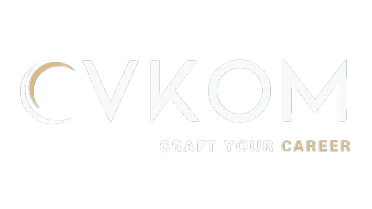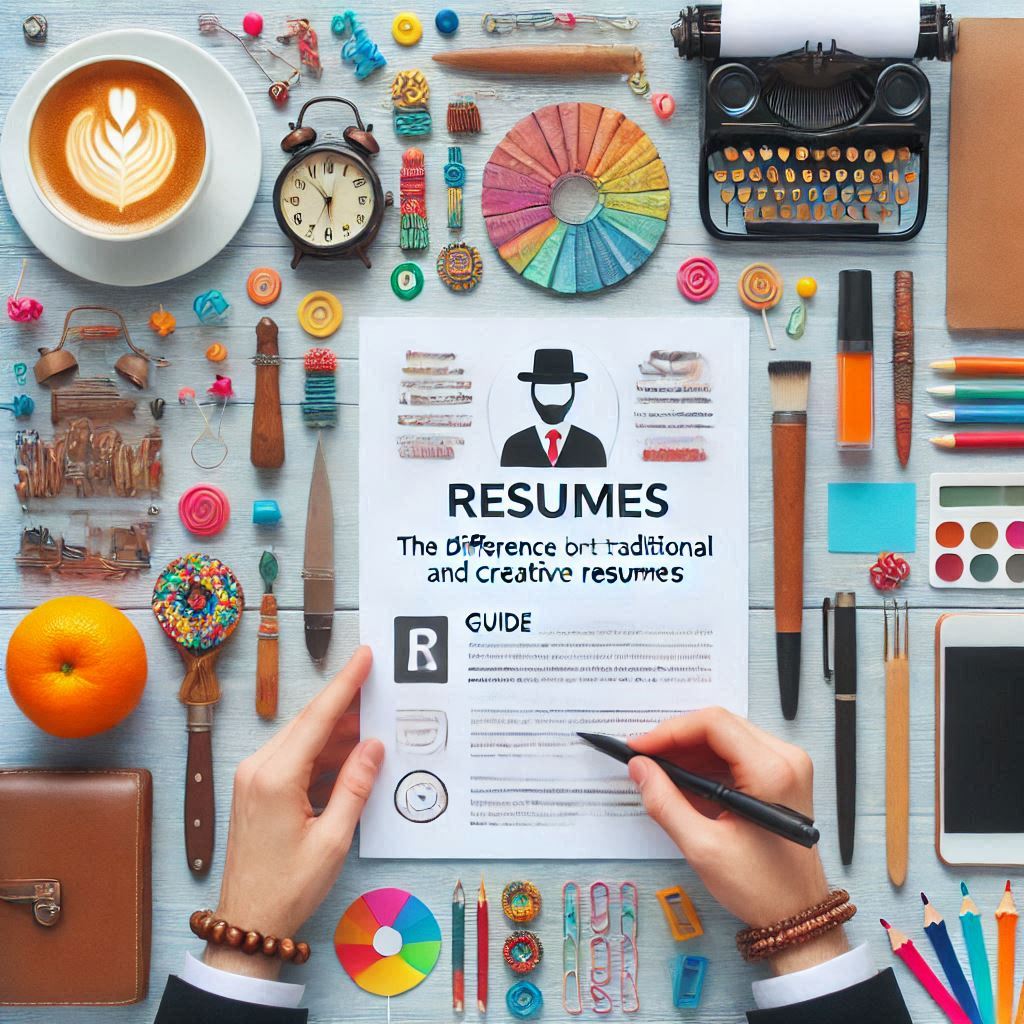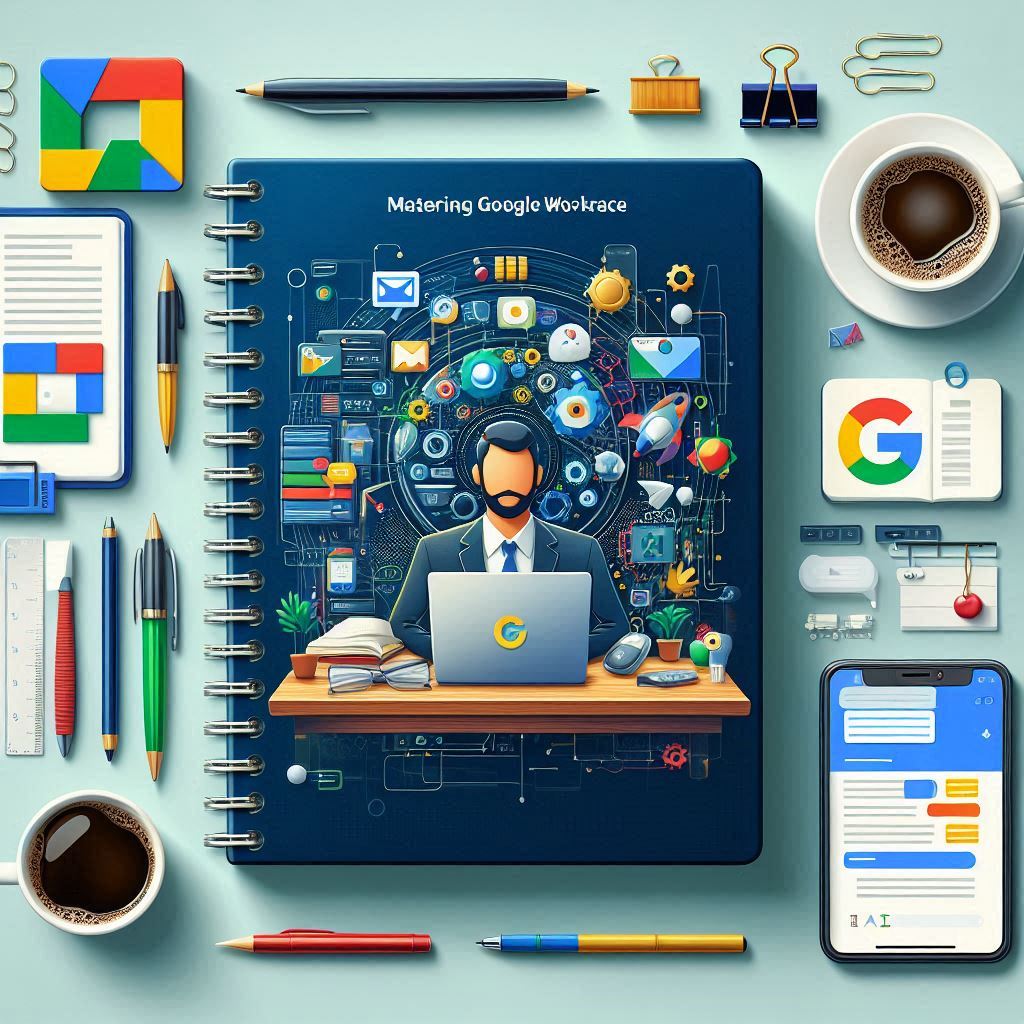The Difference Between Traditional and Creative Resumes: A Guide with CVKOM
Resumes have evolved significantly over the years, adapting
to changing job markets and industry expectations. While traditional resumes
focus on a clear and concise presentation of skills and experiences, creative
resumes allow candidates to showcase their personality and originality. Using
CVKOM, a versatile resume website builder, you can create both traditional and
creative resumes tailored to your career needs. This guide explores the key
differences between traditional and creative resumes and how CVKOM can help you
craft the perfect version for your goals.
1. What Is a Traditional Resume?
A traditional resume follows a standard format, prioritizing
structure and readability. It is ideal for industries that value
professionalism, such as finance, law, and healthcare. Traditional resumes
typically include the following sections:
- Contact Information
- Professional Summary or Objective
- Work Experience
- Education
- Skills
CVKOM offers clean and ATS-friendly templates that make it
easy to create professional traditional resumes.
2. What Is a Creative Resume?
A creative resume stands out by incorporating unique
designs, graphics, and layouts. It is often used in industries like design,
marketing, and media, where creativity and originality are highly valued.
Creative resumes may include visual elements such as:
- Infographics or charts
- Custom fonts and colors
- Links to portfolios or social media profiles
- A more narrative style to showcase personality
CVKOM provides visually appealing templates and
customization tools to help candidates create standout creative resumes.
3. Choosing the Right Type of Resume
The decision to use a traditional or creative resume depends
on your industry, role, and target audience. For corporate or technical
positions, a traditional resume is often more effective. Conversely, creative
roles benefit from resumes that demonstrate innovation and design skills. CVKOM
makes it easy to switch between traditional and creative styles, offering
flexibility for various applications.
4. How CVKOM Bridges the Gap
With CVKOM, you can create both traditional and creative
resumes effortlessly. The platform offers a range of templates tailored to
different industries and provides customization options to match your style.
Whether you need a straightforward layout or a bold design, CVKOM ensures your
resume aligns with your career objectives.
5. Examples of Traditional and Creative Resumes
Traditional Resume Example:
John Doe
Software Engineer
- Developed and maintained applications in Python and JavaScript.
- Implemented a data analytics tool, reducing processing time by 30%.
- Education: B.Sc. in Computer Science.
Creative Resume Example:
Jane Smith
Graphic Designer
- Designed branding materials for 20+ clients, achieving 95% client
satisfaction.
- Created infographic campaigns that increased engagement by 50%.
- Linked Portfolio: janesmithdesigns.com
Conclusion
Understanding the difference between traditional and
creative resumes allows you to choose the right approach for your career. CVKOM
offers the tools and flexibility to create both types of resumes, ensuring you
make a strong impression regardless of the industry. Leverage CVKOM’s features
to craft a resume that showcases your skills, personality, and professionalism.




